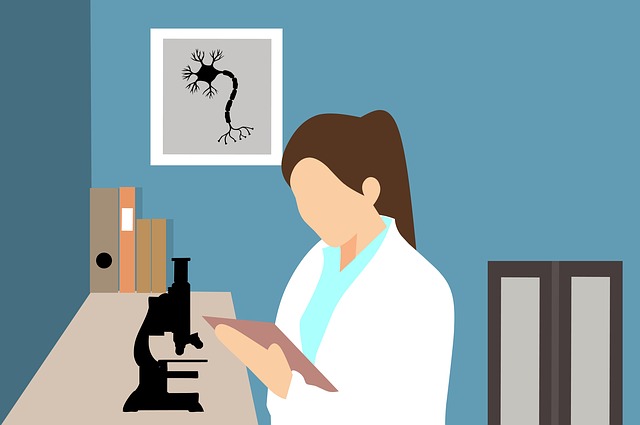CBD and the Endocannabinoid System (ECS)
It is important to know the mechanism in which cannabidiol (CBD) interacts with the body and why it is an effective supplement. CBD interacts with the endocannabinoid system. The endocannabinoid system is a cell signaling pathway that has been conserved among all vertebrates. The endocannabinoid system, a biological signaling pathway, was discovered in the 1990s when scientists were studying THC; however, taxonomic investigation proves that the system evolved 500 million years ago. This indicates that both humans and our furry friends have an active endocannabinoid systems regardless of the consumption of outside cannabinoids.
ECS Receptors
The endocannabinoid system consists of cannabinoid receptors, endocannabinoids, and metabolic enzymes. All of the components of the system exist and are active even if external cannabinoids have never been introduced into the body. Cannabinoid receptors are proteins on the surface of cells that undergo a biological change when a cannabinoid comes in contact with it. This sends a signal to the cell and the cell can then elicit a response. Endocannabinoids are naturally produced by the body. The main endocannabinoids that have been studied are anandamide and 2-arachidonoylglycerol (2-AC). These signaling molecules are produced by the human body, as needed, to ensure that internal functions are running smoothly. Metabolic enzymes exist to break down endocannabinoids when they are no longer needed.
Homeostasis
Although the endocannabinoid system is still under preliminary research, it is a common understanding that it involved in the maintenance of homeostasis. Without the introduction of external cannabinoids, studies show that the endocannabinoid system functions to regulate physiological and cognitive processes such as pain, mood, appetite, immune function, metabolism, and many more.
Naturally produced endocannabinoids bind to the cannabinoid receptors to signal changes in the body, however, outside cannabinoids can be introduced to the system. Phytocannabinoids are produced by plants. When you think of cannabinoids, the first type of cannabinoid producer you think of is cannabis. While cannabis plants are the source of THC and CBD; other cannabinoids are produced by plants such as broccoli. THC and CBD are mimetic phytocannabinoids of anandamide and 2-AC, respectively. This means that the phytocannabinoids interact with the endocannabinoid system in such a way that imitates the endocannabinoids.
THC vs. CBD
Of the two mimetic phytocannabinoids, the more studied is THC; however, CBD is now being extensively researched in order to understand exactly how it interacts within the body. THC binds to cannabinoid receptors and has been shown to reduce pain and stimulate appetite. THC produces a psychoactive effect and can cause paranoia and anxiety. It is believed that CBD does not bind to cannabinoid receptors in the same way as THC does. One way it may work is by preventing endocannabinoids from being broken down by metabolic enzymes, allowing them to have a stronger effect on the receptors. Another idea is that CBD may bind to different cannabinoid receptors that haven’t yet been discovered. CBD affects the endocannabinoid system in such a way that it can help regulate physiological processes without producing any psychoactive effect.
Promising Benefits
Overall, the endocannabinoid system is an active biological system present in all vertebrates, including your dog, cat and even yourself! All vertebrates produce cannabinoids that regulate homeostatic mechanisms, even in the absence of external sources of cannabinoids. Research is still being conducted with regard to the exact mechanism in which CBD interacts with the system, but shows promising benefits in the maintenance of biological functions.
Written By: Mallory Carranza


